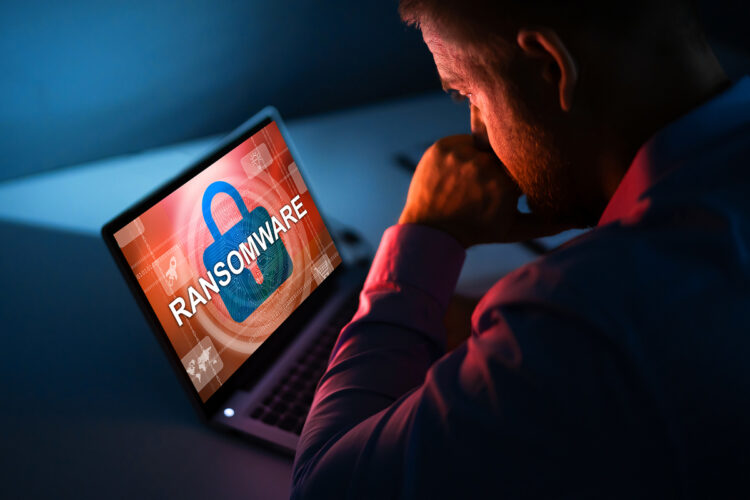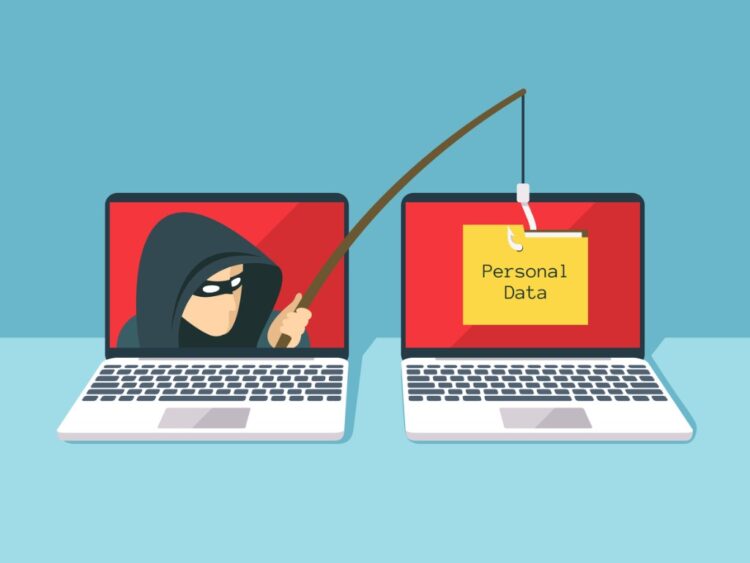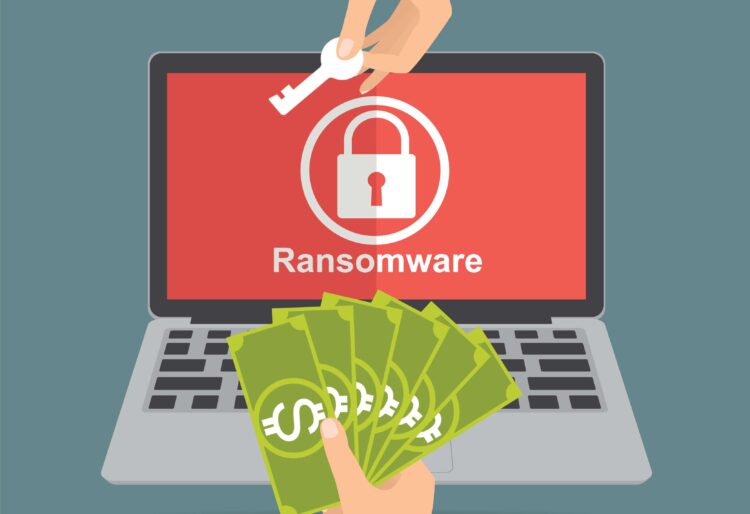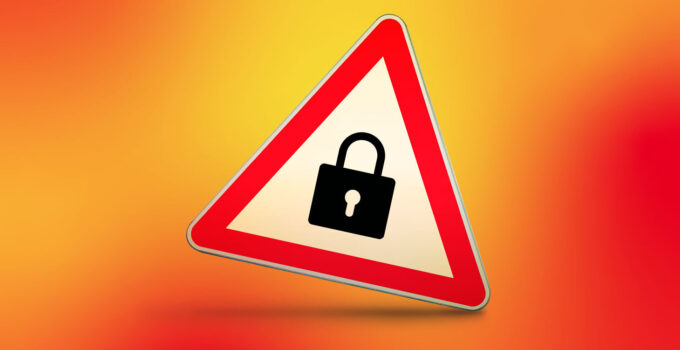Ransomware has been a significant topic of conversation internally because of the Colonial Pipeline attack. While we don’t know all the specifics, there is speculation that the hackers responsible for that attack which slowed gas delivery throughout parts of the country were paid $5 million.
Such a precedent can be potentially dangerous, but for Colonial Pipeline, it may have been the only option.
This highlights the importance of protecting against ransomware attacks proactively.
One way to do that is through the implementation of zero-trust security, which means that no one is trusted without the proper authentication and credentials, whether they’re outside or inside the network.
According to JumpStart, the zero-trust security model is the best type of layered security currently available.
The following are specific things to know about ransomware and protecting against it.
Page Contents
What is Ransomware?

Source: csoonline.com
Ransomware is malicious software that blocks access to files, data, devices or systems until a ransom is paid.
Whatever is infected can’t be used until the ransom is paid to unlock it. There are different ways that an organization might find out they’re the victim of ransomware, but it’s usually through some sort of alert that appears on device screens.
With this type of attack, the systems, as was mentioned, are either locked, or files can be encrypted.
Ransomware is most frequently spread through phishing emails with infected attachments.
There’s also something called drive-by downloading. This happens when a user visits an infected website. Then, malware downloads and installs without them knowing it.
There’s another term which is crypto-ransomware, which encrypts files and is spread in similar ways.
Ransomware and especially crypto-ransomware can also be spread through social media and instant message apps that are web-based.
There are continuously growing threats and new ways that ransomware infections are happening, such as the exploitation of web servers as a way to get access to a network.
Ransomware is highly effective for many reasons, including the fact that it triggers an emotional and fear-driven response from victims. The messaging can be very intimidating.
In order to receive access to whatever is blocked or to get a decryption key, the attacker will demand payment. Usually, that payment has to be made in cryptocurrency, which is how attackers remain anonymous. If it’s not paid within a certain period of time, then the attacker may raise the ransom or threaten to delete files and data.
There’s also never a guarantee that files are unlocked or decrypted even once the ransom is paid.
Human Weakness

Source: avepoint.com
It can’t be overemphasized how much the human element plays a role in ransomware. Yes, there are often issues of technological vulnerability and weakness too, but humans are the weak point in security infrastructure for so many organizations.
There are so many elements that can play into human weakness as a target for cyberattackers. For example, these attackers may not be aware of security threats, or they may not know how to identify a potential threat.
How Can Ransomware Be Prevented?

Source: dobisec.com
There are a variety of steps organizations can and should take to protect against ransomware.
As was touched on above, implementing a zero-trust environment can be an important way to stop ransomware.
With a zero-trust security environment, all communication and attempts to access a network are treated as a potential threat. This is contrary to the castle-and-moat approach to cybersecurity, where everything within the network is automatically viewed as safe.
With zero trust, everything has to be verified, which can help at a minimum, prevent the lateral movement of ransomware across a network.
Even if ransomware affects one device in a zero-trust environment, it should stop there.
Micro-segmentation is an important principle in zero trust, but even then, there needs to be rigorous auditing of privileges and all employees need to have the lowest possible privilege level to do their job.
Technology is only going to bring your organization so far with ransomware. Again, we go back to the fact that it’s the human element that tends to be the biggest risk. Zero trust security architecture is meant to shield against some of the risks of human error, but it can’t do all the heavy lifting.
Training and retraining employees is one of the best and often least expensive ways to prevent ransomware attacks.
Employees need to be trained on:
- Not clicking links in emails or from unknown websites. If an employee clicks a link that’s malicious, it might begin an automatic download.
- Avoiding the disclosure of personal information. Sometimes cybercriminals plan an attack well in advance by working on getting personal information that they can then use to customize and personalize a phishing email. They might try to access this information by text, email, or phone call.
- Not to open email attachments unless they are absolutely sure who sent them. Employees should only open attachments on emails they’re expecting and they need to inspect the sender’s email address carefully to make sure it’s not changed in a few small ways to appear legitimate.
- Never using unknown USB sticks.
- Keeping all operating systems and programs up-to-date.
- Only downloading from trusted sources and websites.
- Using a VPN service when they’re working from a public Wi-Fi network.
Remember that high-level employees need to be trained as well. They’re increasingly being targeted in these attacks because they have access to so much critical information.
Data Backup

Source: winzip.com
Another part of your ransomware strategy should include backing up all of your data. That way, even if your data’s compromised, you can at least minimize some of the damage and reduce the downtime.
Back up data in multiple locations so that you can get your systems back online and fully operational faster.
The best protection for any organization is a very robust anti-ransomware program that includes a combination of zero-trust security architecture, the best security technology, and also good employee training. Employees have to be onboard with all of this since they are your biggest point of vulnerability with ransomware attacks.





